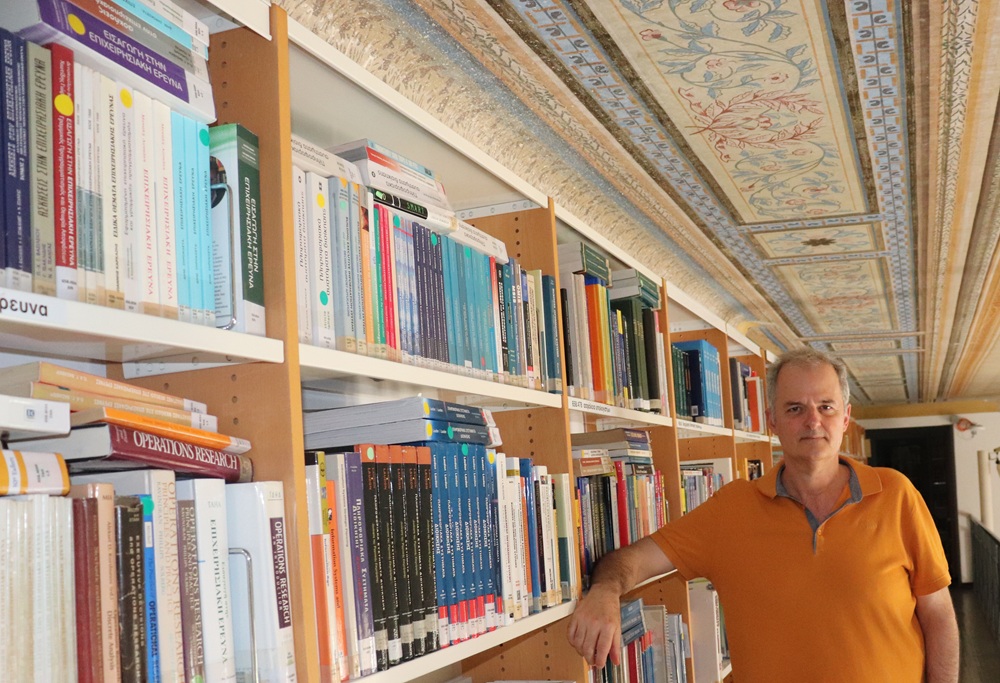
“I think those who think they’re going to produce mathematics from artificial intelligence are making a big mistake.”
Professor Antonis Tsolomytis, born in Korydallos, Attica, has had an impressive career in the field of mathematics. After completing his studies at the University of Athens, he excelled at Ohio State University where he received his Ph.D. degree under the supervision of V.D. Milman. With dozens of scientific publications and articles on his CV, Antonis Tsolomytis has been awarded the 2009 Excellence in Teaching Award of the Faculty of Science of the University of the Aegean.
Days of Art in Greece spoke with the Professor of Mathematics and current President of the Mathematics Department of the University of the Aegean based in Samos about the relationship between philosophy and mathematics and the pioneering work he has undertaken in making scientific text accessible to visually impaired people (translating from Homer to mathematics and philosophy books). He himself places at the heart of his worldview the saying of Heraclitus: ‘Education is a second sun for its holders’.

Samos Island
Mr. Tsolomytis, in the context of your teaching work, you have achieved the “Excellence in Teaching Award” of the Faculty of Sciences of the University of the Aegean. What exactly does this mean? Can a good teacher help students with less talent in understanding mathematics? Is it true that there are usually different abilities to grasp mathematical concepts? And if so, what is the reason for this? Do we also encounter more boys than girls with mathematical thinking?
Yes, without a doubt. A good teacher adapts their way of explaining things to respond to different ways of thinking. They build confidence, which is a critical factor in performance, and restore fundamental concepts that are often missing from the years of middle and high school, making it difficult to understand new concepts.
The idea of talent in mathematics is often overrated. What appears to be talent is often the result of early exposure, support at home, and good previous teaching. And, of course, many hours of persistent work with oneself and the textbook. There are no quick solutions in mathematics.
There are differences in the ability to grasp concepts, but not in the form of “natural talent” that cannot be overcome. The differences are due to many factors, such as:
-
cognitive styles (for example, visual or abstract thinking)
-
personality (perseverance, patience)
-
previous experiences
-
anxiety, which is often high, especially regarding mathematics
-
language difficulties, which get mixed up and appear as a lack of understanding.
Understanding mathematics is not just one thing—it involves memory, reasoning, abstract thinking, and understanding symbolism. Students may differ in each of these. Consider, for example, that x, depending on the context, may represent a number, a variable, a logical proposition, or none of these—just a simple symbol. Issues of this kind create confusion for newcomers to our field.
The understanding of mathematics also has additional difficulties related to the way the discipline developed historically, which is axiomatic. Many times, this intimidates people to varying degrees, leading to further differentiation.
As for whether there is a difference between the sexes, the answer is negative. Research data does not support the view that there are substantial differences between genders in their mathematical ability. This perception arises mainly from:
-
social expectations and stereotypes
-
different encouragement at home and at school
-
different levels of self-confidence (girls often have less self-confidence, even when their performance is the same or better)
-
escalating choices (over time, small deviations lead to significant differences in their academic paths).
In the most recent studies, when social conditions are balanced, the difference between boys and girls in mathematics disappears or even reverses. I should add here that, at least in our Department, more often, upon admission through the national exams, there are more girls than boys.
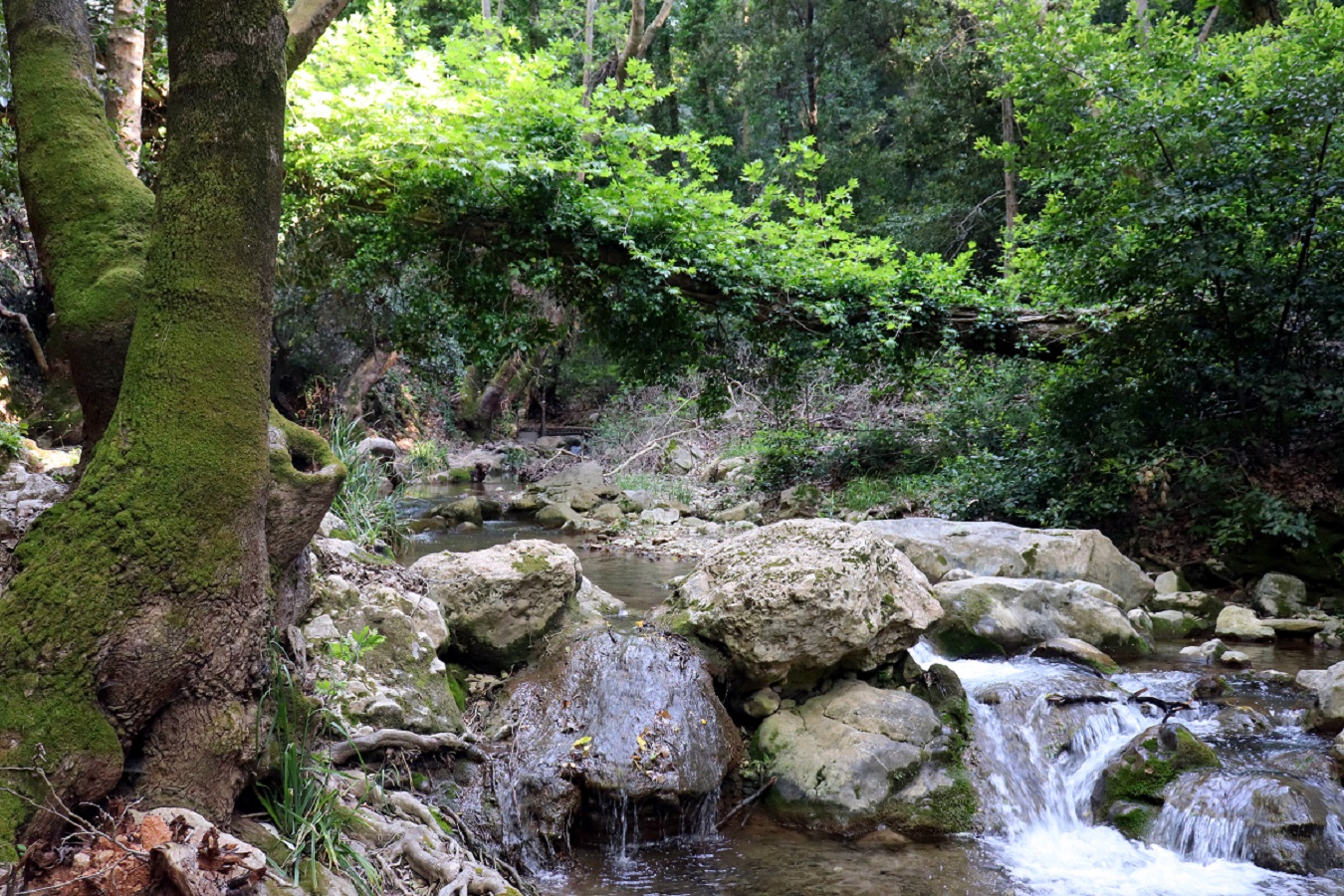
Samos Island
One of your research interests focuses on digital typography, especially multilingual editing of scientific text and accessibility for visually impaired people. Explain what this means. Can visually impaired people have a complete understanding of difficult concepts of philosophical texts and mathematics through this kind of typographic approach?
Mathematics, both internationally and in our country, is written in a different computational system than the one most people are familiar with (that is, word processors like Office). It is written in a system called TeX (from the word “τέχνη” [art], which is why it is pronounced “tech”), and it was created specifically for writing scientific texts (and especially Mathematics) by perhaps the greatest computer scientist to date, Donald Knuth. Before our Department got involved in this matter, there was no way to accurately transcribe a mathematical text into Braille. And as you know, accuracy is the lifeblood of Mathematics. There were some solutions for word processors, but mathematics books and notes, internationally, are almost never written in those, nor can they be converted into office applications. Almost everything is written in TeX. That was our contribution. We made studies in the sciences fully accessible to people with visual impairments. In the past, people with visual impairments were directed to study the humanities—often against their wishes—because it was known that otherwise, it would be nearly impossible to provide them with reading materials. This is no longer the case. The path has been opened thanks to the decisive contribution of the Department of Mathematics at the University of the Aegean, and for this reason, the program and techniques for converting scientific text into Braille were embraced by the international scientific community and incorporated into every TeX installation. (The conventions within Braille for how mathematics is written are called Nemeth.)
Please analyse a little what the development of the original Braile/Nemeth dictionary of mathematical symbols means in practice. Also, tell us about the other iconic works you have converted into the same language, such as Homer’s Odyssey as well as philosophical texts, and what it will mean for the potential for intellectual development for visually impaired people.
In Mathematics (and more generally in the sciences), a few thousand different symbols are used (such as equals, less than, greater than, etc.). A student with visual impairments gradually learns many of these symbols as they progress in their studies. When they encounter such a symbol in a text, how will they learn its meaning or remember it if they have forgotten? This gap is filled by the dictionary. It explains what each symbol means. It is also provided in a format for sighted people so that the Braille teacher can assist their student (boy or girl).
“So yes, Science is progressing, but whether it is evolving I will allow myself to have reservations.”
Since you mentioned it, let’s also look at the situation outside Mathematics. Ancient Greek, as you know, has various diacritical marks (smooth breathing, rough breathing, circumflex, etc.). Office programs, with appropriate additional commercial software, converted texts into Braille but made various errors in the conversion, especially with polytonic texts. Of course, the company providing this software could have fixed the problem, but no one took on the financial cost. Thus, philologists always complained about the incorrect transcription of polytonic texts. That’s where we intervened. One can now go from Office to TeX and, with our program (which is of course free), convert to 100% accurate polytonic Braille. We collaborated on this with philologists who are totally blind. Our reward was their joy when they held correctly transcribed texts for the first time, such as the Orphic Hymns and the Odyssey.
The possibility of intellectual development for people with visual impairments is, I believe, obvious. Any text can now be accurately transcribed into Braille, no matter how complex or in whatever language, and absolutely free. Of course, the Greek state has remained with old methods, and even today, children with visual impairments are given schoolbooks that, at least in Mathematics, contain errors.
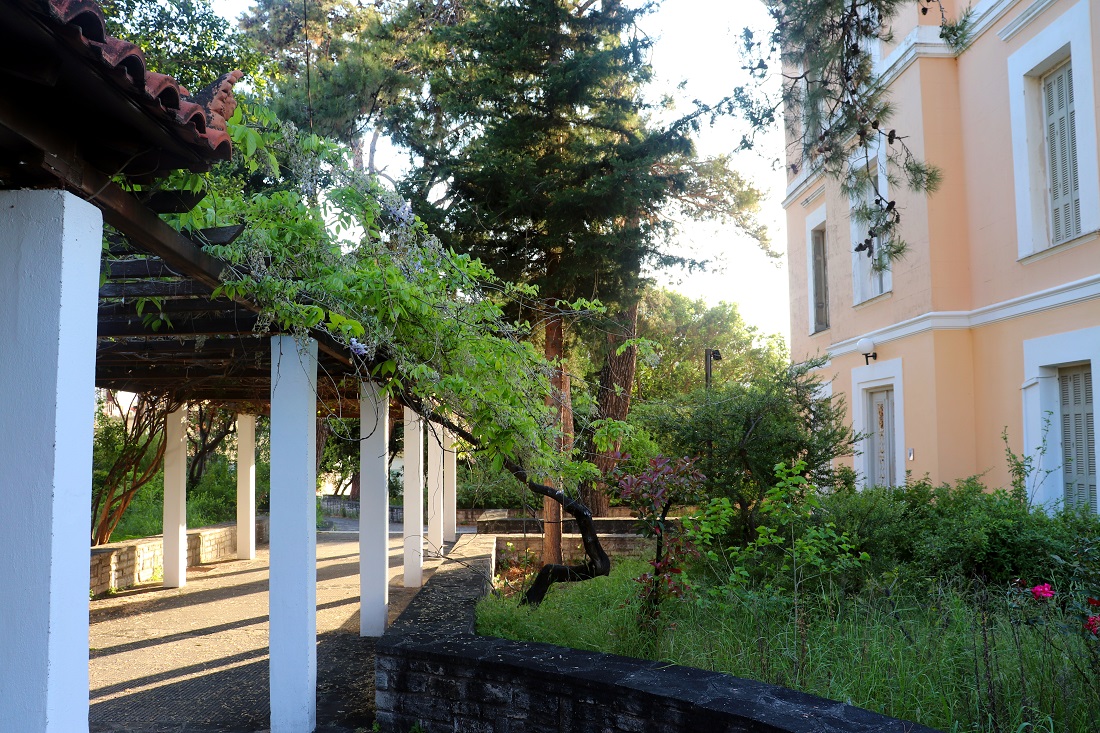
A view from the University of the Aegean, Samos Campus
You have developed significant work in the identification of fonts of antiquity. What will this contribution mean for the further development of epigraphic science or the decipherment of hitherto “unreadable” texts?
Recognition of ancient writing forms (fonts) is fundamental to the science of epigraphy, as it allows for the automated reading, classification, and dating of inscriptions with greater accuracy and speed. Artificial intelligence language models need to be “trained” in order to automatically recognize ancient writing. Our contribution in this field, with the help of AI tools and the digital recording of the distinctive features of ancient scripts, offers epigraphists and papyrologists a new means to explore their sources.
In practice, the work of capturing the “design of the letter” is not, as many might think, an artistic endeavor, but can be used to recognize fragmented or worn inscriptions and papyri, to connect unknown texts with already recorded samples, and to suggest possible readings even for documents whose reading has not yet been possible. At the same time, statistical analysis of graphic types and their correlation with geographical or chronological contexts opens new pathways for the study of the spread of writing and cultural influence in antiquity.
“Science does not change from place to place or from university to university, otherwise it is not science”.
The technological approach in no way replaces the expert scholar, epigraphist, or papyrologist, but provides them with new tools for the benefit of understanding our past.
How much can AI help to develop new languages of communication in individual scientific groups and what problems could it solve? With the new data and the diversity in communication codes due also to the digital age, does the question of pure communication in the scientific field through the development of a specific language for each individual science arise again, as it was raised again in the past?
Artificial intelligence can play a decisive role in the development of new languages of communication among specialized scientific groups. Through the analysis of large bodies of scientific discourse, it can identify patterns, clarify terminology, and facilitate the translation of concepts from one field to another, thereby enhancing interdisciplinary collaborations.
However, this technological capability brings back an old issue: the need for a clear, precise, and common scientific language. As in the past, the goal is to reduce ambiguities and misunderstandings. The difference today is that instead of a single unified “pure” language, a dynamic system of translation and connection between different languages is favored—with AI acting as the mediator.
Thus, scientific communication does not become homogenized but gains new flexibility without losing rigor and accuracy.
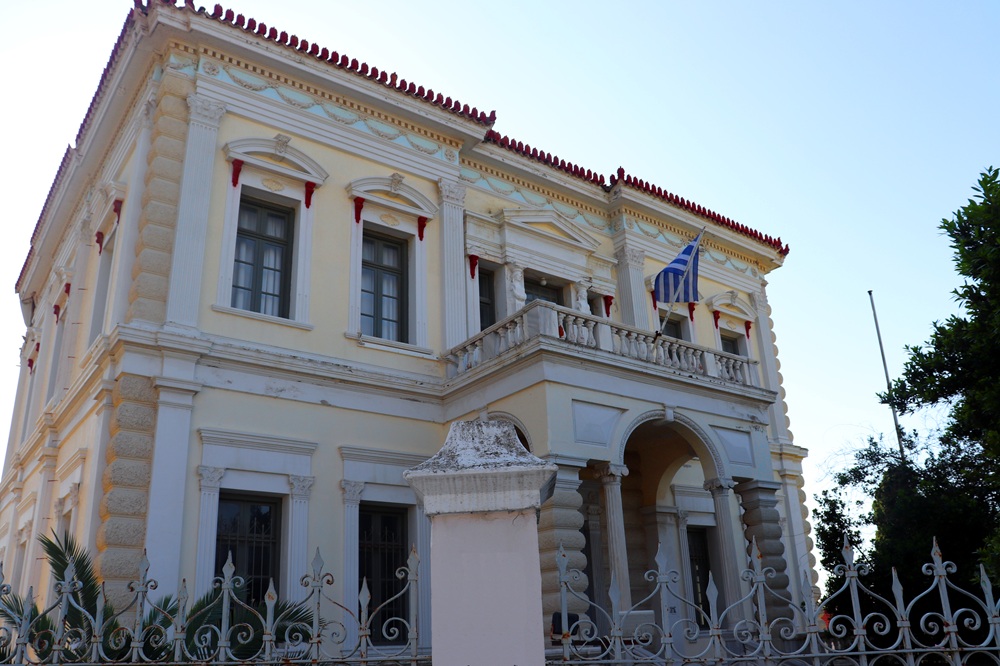
A view from the University of the Aegean, Samos Campus
What do we expect in the near future from the science of mathematics as a conquest through the new possibilities of digital technology?
I believe those who think that artificial intelligence will produce new Mathematics are greatly mistaken. Our children are also misled in this way, with the support of politicians and journalists, and they tend to move toward fields other than Mathematics when choosing their university departments. Artificial intelligence consists of language models. Who believes that an outstanding philologist—the best one—can produce new Mathematical knowledge? If you ask a philosopher, they will immediately answer: “AI cannot produce Mathematics because it has no body.” They mean that the biological factor is missing. I would say that what AI can do is combine existing ideas and clarify what is feasible with them. But it cannot generate new ideas. That requires the biological factor—the “body.” It is also worth noting that if you directly ask an AI machine what Mathematics it uses, you will be surprised. It uses a lot of Mathematics, but the freshest of it is 100 years old! Mathematics is one of humanity’s most fundamental investments for its future. It is wrong to push our children toward other fields, and they must return to Mathematical Science if we do not want to be led to a dead end.
What is the relationship between mathematics and philosophy and the other human sciences?
Mathematics is the science closest to Philosophy, and the first after Philosophy according to Proclus. It belongs to the realm of intellect. It receives stimuli from more applied sciences, from the particular and the partial, elevates them to more general problems—one could say to a philosophically general level—solves them there if possible, and returns results for solving more practical problems. Plato saw mathematics as the path to the world of Ideas (which, in my opinion, is not an idealization as often presented but a way to return to a “before”), while Aristotle was the first to systematically analyze logic, from which mathematics drew its rigor. The philosophy of mathematics—with questions like “what is a number?”, “what does proof mean?”, “does mathematical truth exist independently of humans?”—remains a lively and fundamental dialogue to this day.
“The development of all these disciplines (philosophy, economics, psychology) is a bridge that unites mathematics with the study of the ‘human’ sciences.”
But the relationship of mathematics is not limited to philosophy. In the “human sciences”—economics, psychology, sociology, even history and linguistics—mathematics now plays a critical role. Not only because it provides tools for quantitative analysis (statistics, probability, differential equations, game theory, etc.), but also because it introduces ways of thinking: the importance of abstract structure, modeling, and the systematic consideration of variability. The development of all these fields forms a bridge that connects mathematics with the study of the “human sciences.”
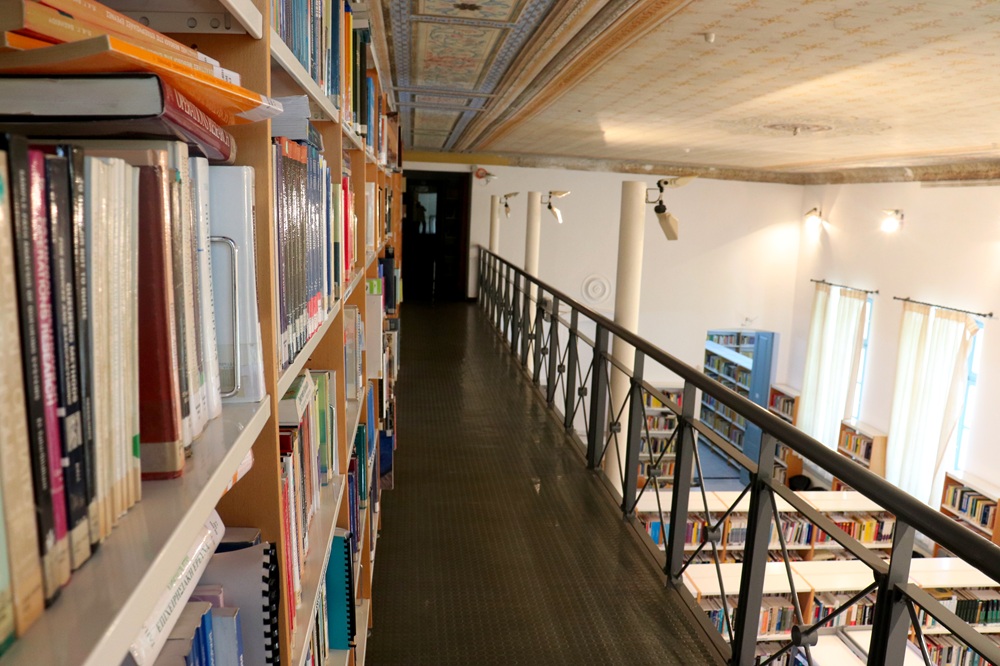
Library
Why did the island of Samos develop both mathematics and great technical achievements? What was the spirit that led Pythagoras and others to seek to “measure the world”?
This question keeps resurfacing in various discussions, and the reason is that no one wants (mainly for psychological reasons) to admit the real cause. People talk about social conditions, chance, and various other reasons, but none of these, alone or combined, suffice to explain something as great as Mathematics or technical works like the Eupalinian aqueduct in Samos. Chance could only justify the emergence of Mathematics in the Greek world and in Samos within a religious system that views the World in the way the ancient Greeks did. The Greek of that era (man or woman) saw themselves as part of the World. What is outside of them defines them and places them in an interrogative relationship with the World. “What are these things I see or feel around me?” They perceived the World as the active and existing god in which they participated. They did not turn inward to meet God above, rejecting the outside as something passive and dead—dead matter.
“Our Library is probably the richest mathematics library in the country with over 40,000 unique titles.”
One might observe that this relationship between humans and the World no longer exists, yet Science progresses. Here, allow me to express my reservations about the meaning of “progresses.” For the Greek of that time, progress was not simply “more theorems” but was directly connected to the benefit of the community. Let us recall, for example, the behavior of the greatest mathematician of all time, Archimedes, regarding his war machines: he destroyed them along with their designs as soon as the city’s defense was completed. Even today, we do not know for certain how exactly they worked. Compare this with the indifference on this matter shown by prominent scientists such as physicist Robert Oppenheimer or mathematician John von Neumann regarding nuclear weapons. Therefore, yes, Science evolves, but as to whether it truly progresses, please allow me to remain skeptical.
What do you think is the main advantage of the postgraduate curriculum that you curate? What is special about the University of the Aegean as a study destination?
Sciences do not change from place to place or from university to university; otherwise, they would not be sciences. Therefore, the distinction in favor of the University of the Aegean must be sought in other factors related to the organization of studies, the place that hosts us, human contact and communication, etc.
Mathematics is evolving rapidly—much faster than fields that people think are fast-evolving. After all, Mathematics must lead; otherwise, the path for other sciences is not open! Therefore, it is critical for a graduate program to be modern, like ours. It is not simply a formal theoretical curriculum but teaches contemporary applications of Mathematics in other sciences and in our daily lives. Without Mathematics, your mobile phone does not work, not even its screen, nor can you securely withdraw money from your bank account, nor can you safely interpret a simple X-ray, let alone a magnetic resonance image, which is nothing more than an intricately organized application of mathematical projection.
We are hosted in a beautiful place, and prospective students, whether graduate or undergraduate, should (in my opinion) break free from the “love for concrete.” The living is the healthy, not the dead. And the mental uplift that a healthy environment induces greatly contributes to the cultivation of science and the deepening of understanding.
Moreover, in Samos, communication and contact with the instructors are direct and easy in daily life. The issue of “appointments” with instructors does not even arise. Direct contact is realized through the healthy living conditions of the place.
Of course, scientific tools are not lacking. Our library is probably the richest mathematics library in the country, with over 40,000 unique titles. Access to online tools such as databases is always seamless (the University of the Aegean maintains active subscriptions to scientific content providers—publications/books), and naturally, the electronic equipment is very powerful, as the Department has a supercomputer as well as adequate laboratories.
Finally, the administrative services are excellent and helpful. Students have immediate and daily access.
Tell us a little about your decision to enter this discipline. Who was your childhood hero, what inspired you? What are your favourite works of literature, artwork or films? Do you too believe that science fiction sets fields of thought and pre-determines the future?
I will probably disappoint you here. I grew up in a working-class neighborhood in Korydallos, which was characterized by a left-wing organizational framework (and I don’t mean this politically): the values of humanism; there was always a hand available to hold onto if needed. At that time and in those neighborhoods, the most literary work you could access was the lyrics of folk music—of Markos Vamvakaris and Stelios Kazantzidis. Therefore, the most artistic “offering” was the musical compositions of Mikis Theodorakis. However, Mathematics for me was an escape into imagination from the austere daily life of the neighborhood. This led to a kind of love, I would say, for numbers and shapes. When I came into contact with mathematicians in public high school, my interest soared, as a new path was now open to me. I remember them one by one even today. Of course, this continued at the University, where I owe many colleagues, now professors, gratitude for what they taught me.
I don’t think that only science fiction has the characteristic you mention. And it does not apply to all science fiction. I believe that all works—literary, artistic, cinematic—contribute greatly to the cultivation of science when their approach has a philosophical nuance and does not merely describe some “events” in a scenario. It could be a treatise on the concept of time in a science fiction film, or the complexity of reasoning about human relationships and behaviors in a literary work, or the presentation of the Terrible or the Beautiful in a work of art. Because the Beautiful is part of correctness, and this is something Science has forgotten for many centuries.



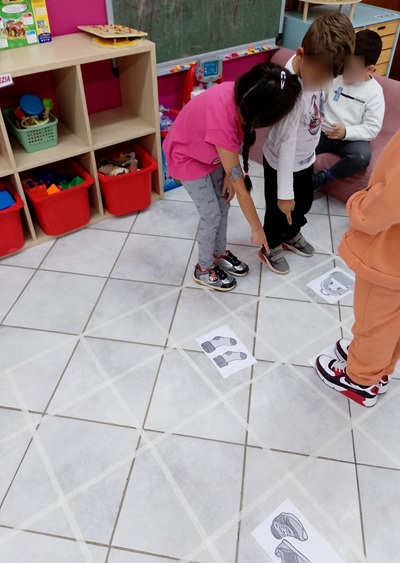
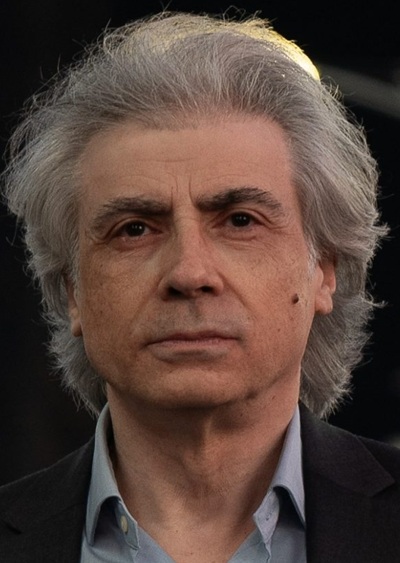
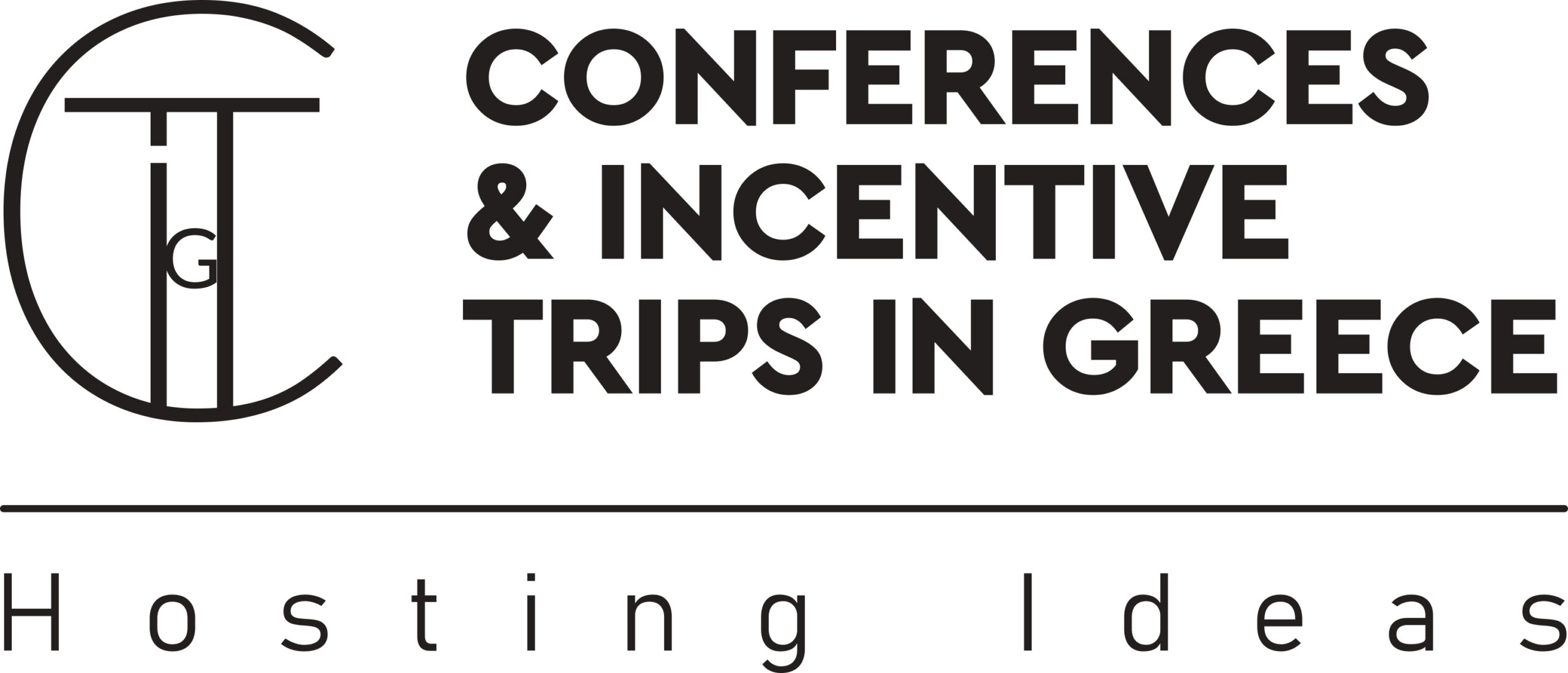
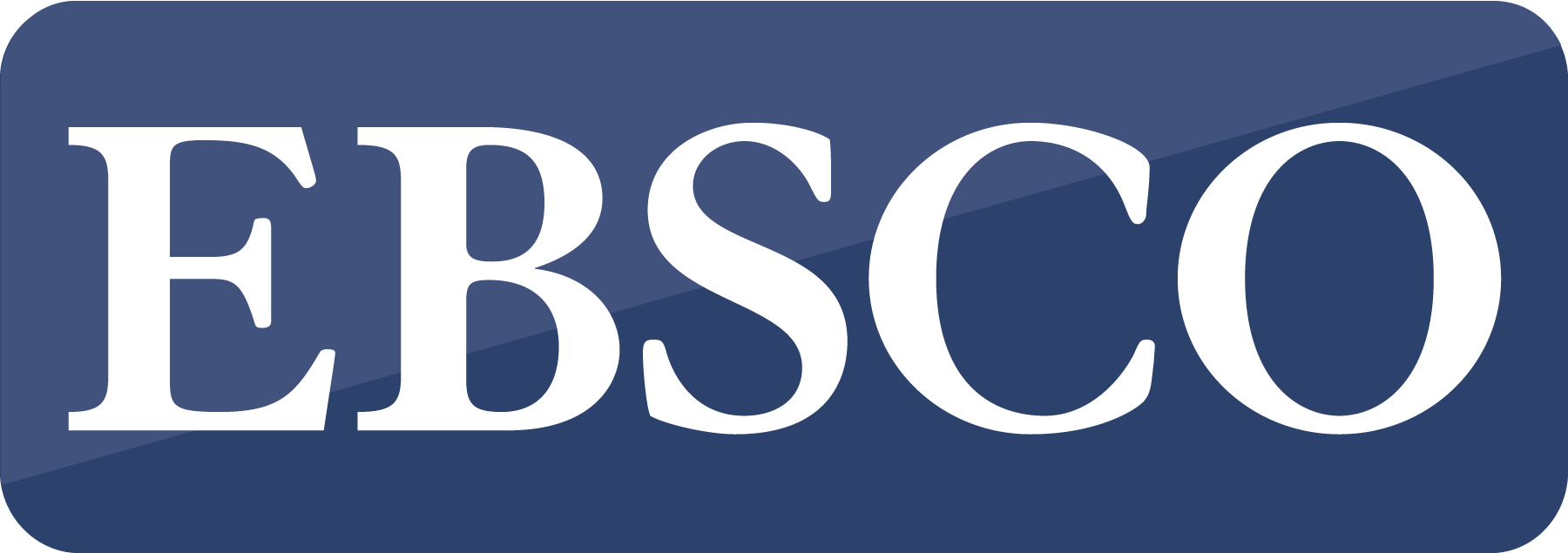
Leave A Comment